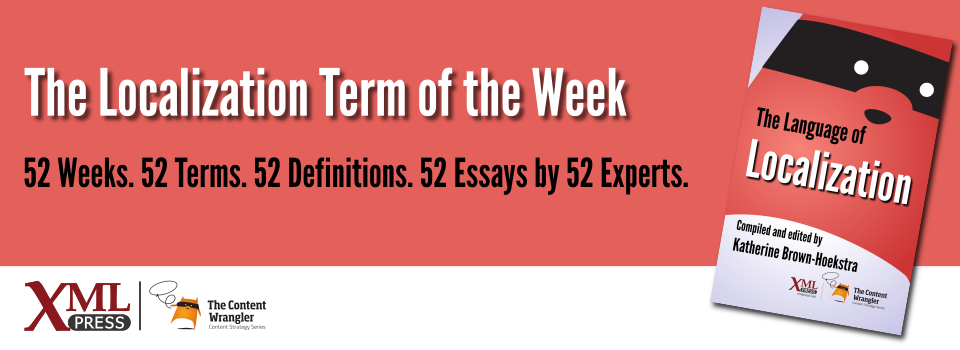What is it?
Attributes of content you can use to structure, semantically define, and target content.
Why is it important?
Extends the capabilities of content, making it more powerful and enabling efficient operation in a data-driven world.

Attributes of content you can use to structure, semantically define, and target content.
Extends the capabilities of content, making it more powerful and enabling efficient operation in a data-driven world.
Alphabetical list of terms and definitions that is used consistently by all stakeholders of a specific project or product, including localization.
Glossaries support localization efforts by eliminating ambiguity in how terms are used in specific contexts, which, in turn, improves communication and translation. Glossaries intended for internal use or by the localization vendor tend to be more detailed than those intended for customers.
A curated set of vocabulary selected to communicate clearly and simply for a specific purpose. Controlled language is often used when writing for machine translation or for global audiences.
Controlled language is a critical feature of writing for localization. It is an umbrella term that encompasses several initiatives, including Plain Language, Simplified Technical English, and Caterpillar Fundamental English, among others. Effective controlled language initiatives choose the simplest terms needed to convey meaning, while also restricting grammar, syntax, and verb forms.
Reduces translation time and cost by reusing translated content from the repository. Translation memories are part of a client company’s intellectual property.
...continue reading "Term of the Week: Translation Memory (TM)"